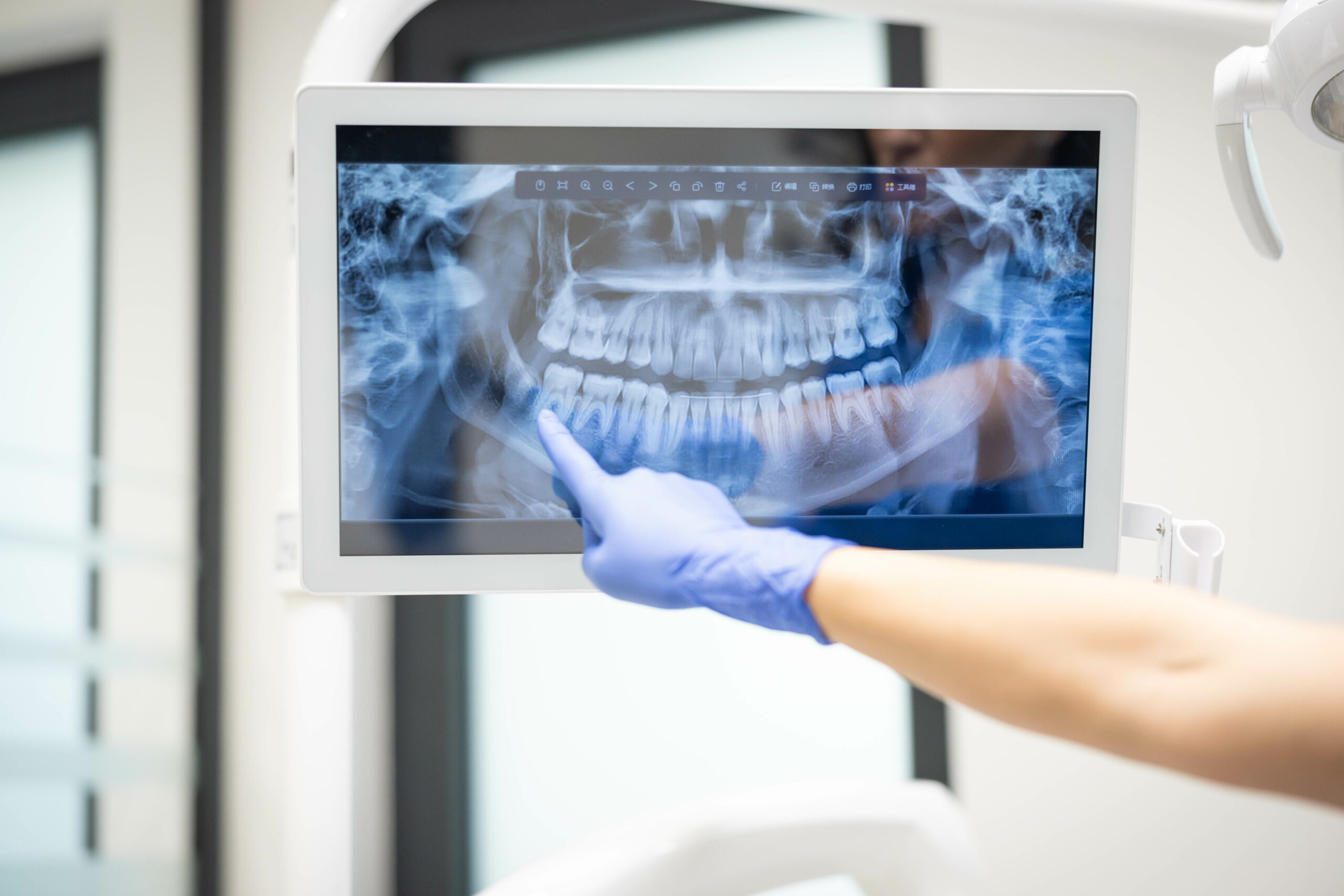The Rapid Advancements in Dentistry
Dentistry has come a long way in the past few decades. As a dentist, I have witnessed firsthand how technological advancements have transformed patient care, making treatments more efficient, comfortable, and effective. From digital imaging to laser dentistry, these innovations have revolutionized the way we diagnose and treat oral health conditions.
Technology is not just about convenience; it directly impacts the quality of care we provide. With each new development, we are able to improve precision, reduce discomfort, and enhance overall patient experiences. In this blog, I will explore some of the most exciting advancements in dental technology and how they are shaping the future of the profession.
Digital Dentistry: A Game Changer for Diagnosis and Treatment Planning
One of the most significant changes in modern dentistry is the shift from traditional methods to digital solutions. Digital dentistry has improved every aspect of patient care, from initial diagnosis to treatment execution.
For example, digital X-rays and 3D imaging have replaced traditional film X-rays, offering higher resolution images with less radiation exposure. This allows for more accurate diagnosis and better treatment planning. Cone Beam Computed Tomography (CBCT) has further advanced imaging, providing detailed 3D views of the mouth, teeth, and jaw structure, which is particularly useful in implant dentistry and orthodontics.
Additionally, intraoral scanners have eliminated the need for messy impression materials. These scanners capture highly detailed digital impressions, improving accuracy for restorations such as crowns, bridges, and aligners. Patients appreciate the convenience, and dentists benefit from the precision these tools provide.
Laser Dentistry: Minimizing Pain and Enhancing Precision
Laser dentistry is another breakthrough that has changed the way we perform various procedures. Lasers can be used for cavity detection, gum reshaping, and even soft tissue surgeries with minimal discomfort. Unlike traditional drills, lasers produce less noise, reduce bleeding, and speed up healing time, making the overall experience much more pleasant for patients.
For periodontal treatments, lasers help in deep cleaning and eliminating bacteria without the need for invasive surgery. This has made treating gum disease more efficient and less painful, encouraging more patients to seek timely care.
3D Printing: Revolutionizing Restorations and Orthodontics
The introduction of 3D printing in dentistry has been a game changer. With this technology, we can now create custom dental restorations such as crowns, dentures, and even orthodontic aligners in-house, reducing wait times for patients. Traditional lab-based processes that took weeks can now be completed in a matter of hours or days.
3D printing also allows for more personalized treatments, as restorations can be designed with extreme precision to match the patient’s natural teeth. This not only improves aesthetics but also ensures better functionality and long-term durability.
Artificial Intelligence (AI) in Dentistry
Artificial intelligence (AI) is making its way into dental care, helping with diagnosis, treatment planning, and even patient communication. AI-powered software can analyze digital scans and detect early signs of decay, fractures, or other dental issues with incredible accuracy. This assists dentists in making more informed decisions and providing proactive care.
AI also plays a role in streamlining administrative tasks, such as appointment scheduling and patient record management. With automation handling these aspects, dentists and their teams can focus more on patient interactions and treatment quality.
Teledentistry: Expanding Access to Care
Teledentistry has become an essential tool in modern dental care, especially in the wake of the COVID-19 pandemic. Virtual consultations allow patients to connect with their dentist remotely for initial assessments, follow-ups, and minor concerns, saving time and reducing the need for unnecessary in-office visits.
This innovation is particularly beneficial for patients in remote areas or those with mobility challenges. It also enhances preventive care, as patients can seek professional advice without hesitation, ensuring that dental issues are addressed before they worsen.
The Future of Dental Technology
As technology continues to evolve, the future of dentistry looks incredibly promising. We can expect further advancements in regenerative dentistry, including bioengineered teeth and stem cell therapies that could one day replace traditional restorations. Nanotechnology may also play a role in creating stronger, longer-lasting dental materials and more precise drug delivery systems for oral health care.
One of the most exciting areas of development is robotic-assisted dentistry. While still in its early stages, robotic technology has the potential to improve surgical accuracy and efficiency in procedures like implant placements and extractions.
Embracing Innovation for Better Patient Care
The field of dentistry is constantly evolving, and as dental professionals, we must stay ahead of the curve to provide the best care possible. The adoption of digital imaging, laser treatments, 3D printing, AI, and teledentistry has already transformed the way we work, and the future holds even greater potential.
For me, keeping up with these advancements is not just about professional growth—it’s about ensuring my patients receive the highest standard of care. By embracing new technologies and continuously learning, we can make dentistry more efficient, precise, and patient-friendly.
Ultimately, innovation in dental technology is not just about improving techniques; it’s about enhancing the overall experience for patients, making visits to the dentist more comfortable, effective, and stress-free. The future of dentistry is bright, and I am excited to be part of this incredible journey.
